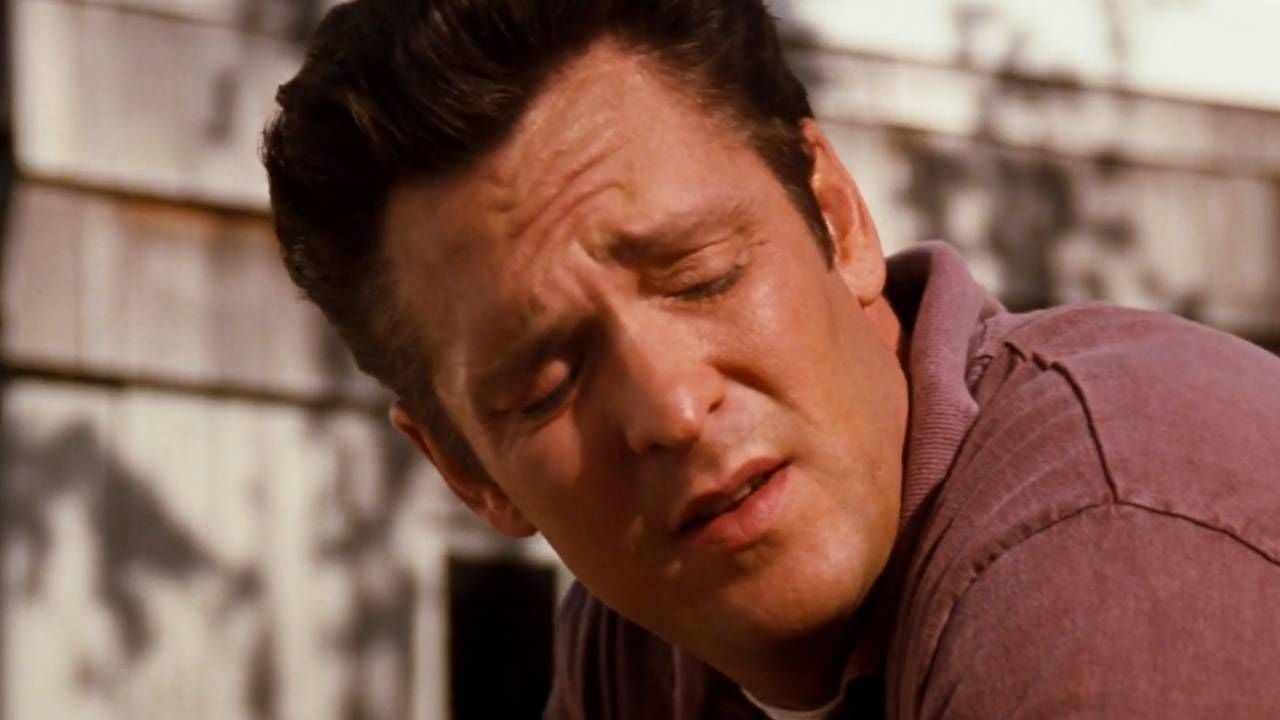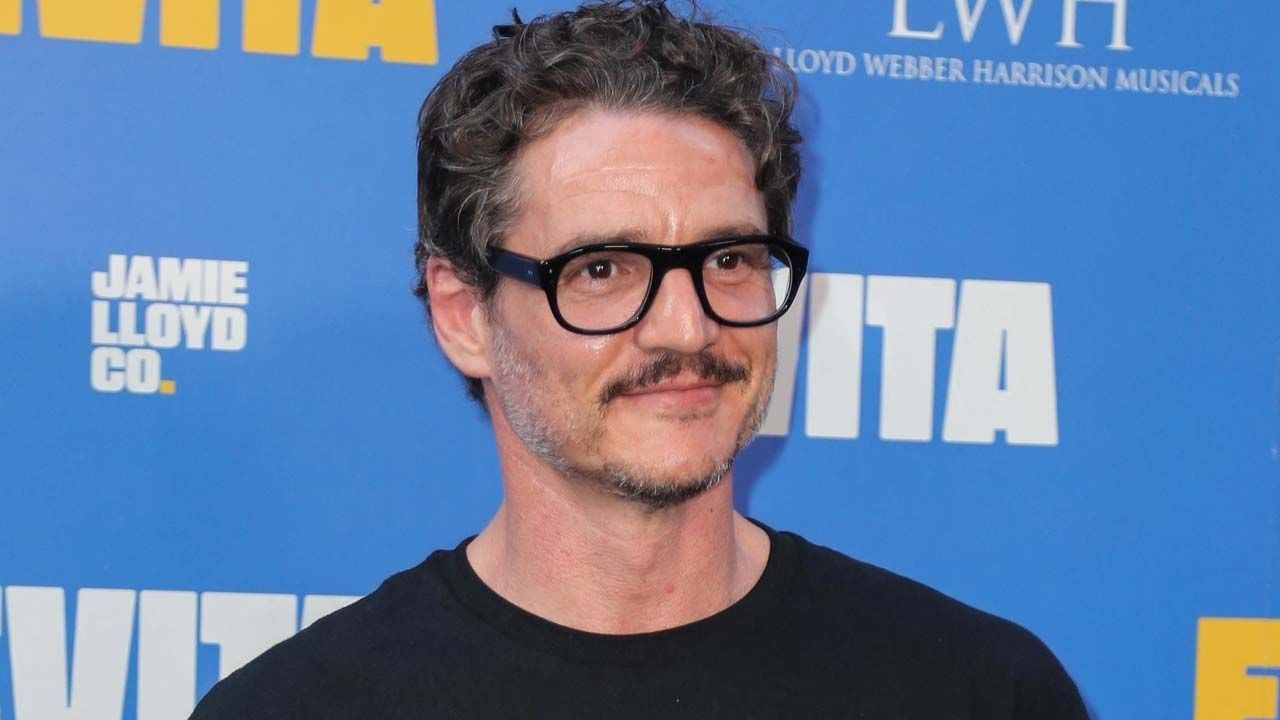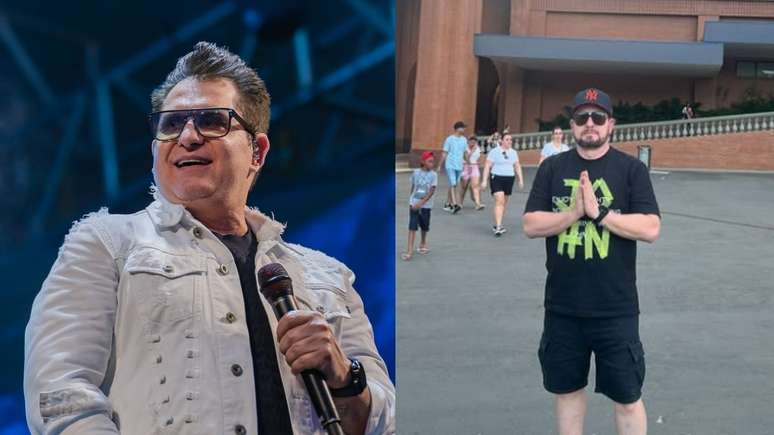The case is not serious, but doctors have advised the president to avoid long trips
President Lula (PT) fell last Saturday, the 19th, in the bathroom of the Palácio da Alvorada. He suffered a head injury and had to cancel his trip to Kazan, Russia, for the BRICS summit. The expectation is that the CEO will join the meeting via video conference.
The injury
Lula had a blunt wound, which is a cut in the skin and a contusion (bruise) in the deeper tissues. Neurosurgeon Jamil Farhat Neto (CRM-SP 141.252 and RQE 74.302) comments that this usually happens when there is an impact with an object that not only cuts the surface, but also causes the surrounding tissues to rupture. “These injuries can range from mild to severe, depending on the intensity of the trauma and the area affected,” he explains.
According to the doctor, the occipital region is located at the back of the skull, at the base of the head. Jamil says this is a crucial area for vision, as it is where the visual cortex of the brain is located, which processes visual information sent from the eyes. He points out that high-impact trauma to this region can affect vision or cause symptoms such as dizziness and headaches.
Severity level
According to the specialist, the severity of a blunt injury depends on the depth of the cut and the intracranial damage. If only the skin and superficial tissues are affected, the wound can be treated more simply. “However, if a deep impact occurs, reaching the bones of the skull or causing internal bleeding, such as a hematoma, the case becomes more serious and may require intensive care and even neurosurgery,” he points out.
Treatment
Jamil reminds that initial treatment involves cleaning and disinfecting the wound to prevent infection. Depending on the depth, the cut may need to be sutured, and imaging tests, such as CT scans, are performed to check for internal injuries, such as fractures or bleeding. In more severe cases, the doctor emphasizes that hospital monitoring and even surgery may be necessary. Additionally, medications may be prescribed to control pain and prevent infections.
Dr. Jamil Farhat Neto – Publicity photo
According to the neurosurgeon, rest is essential, especially in the first 48 hours after the trauma, when symptoms can still evolve. The rest time depends on the severity of the injury and the presence or absence of brain damage. “In mild cases, the patient can return to normal activities in a few days, avoiding physical effort. In more significant traumas, rest can last weeks, with a gradual return to activities depending on recovery and medical indications”, he concludes.
Source: Terra
Rose James is a Gossipify movie and series reviewer known for her in-depth analysis and unique perspective on the latest releases. With a background in film studies, she provides engaging and informative reviews, and keeps readers up to date with industry trends and emerging talents.







